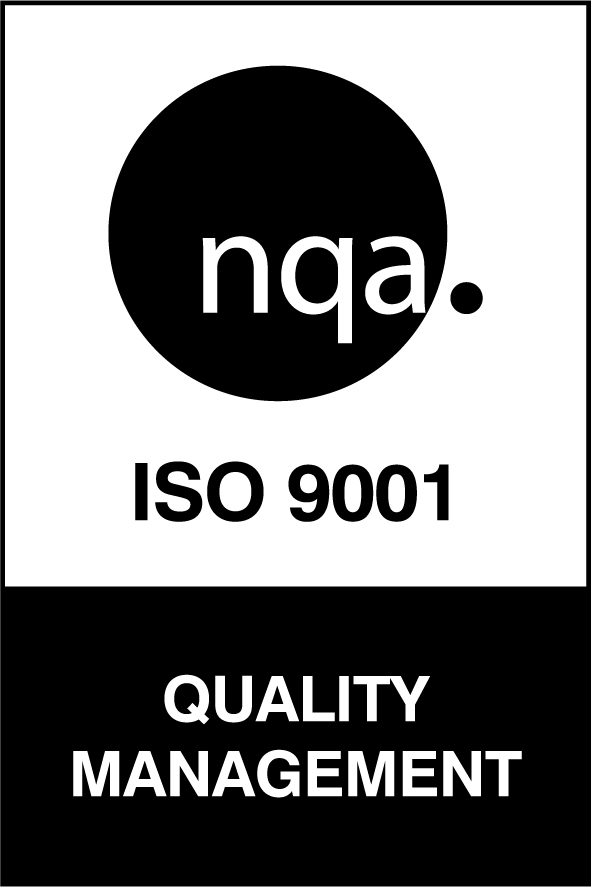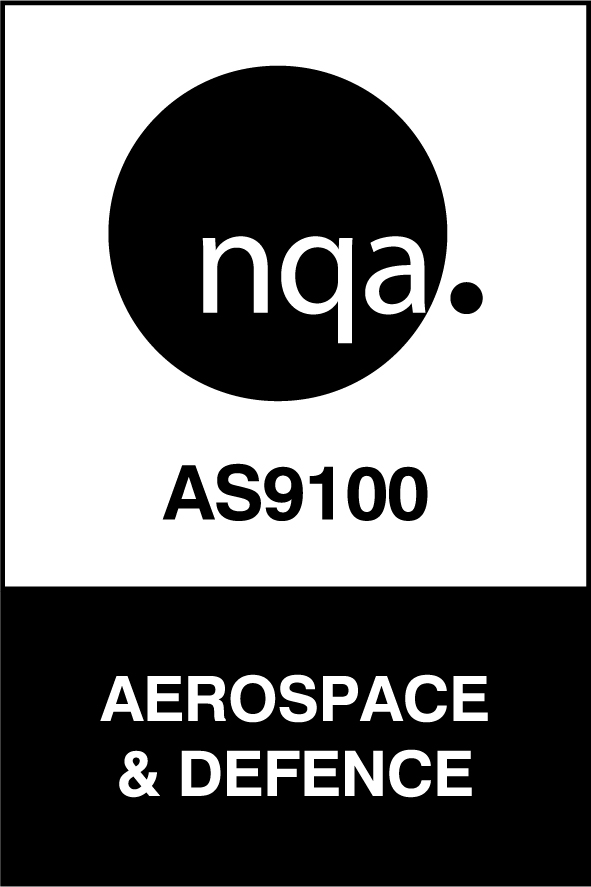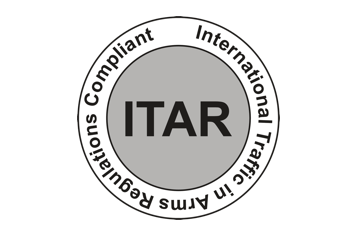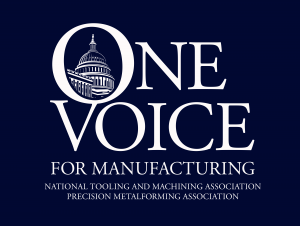Tool and die-making is an intense process that plays a key role in creating countless parts that are part of our everyday lives. Beyond that, it is also an intricate skill that requires years of training to enter, and decades of experience to master. In today’s article, we’ll be taking a high level look at tooling as it applies to our signature process, short-run metal stamping.
Tools for short-run metal stamping can be classified in many ways: by material, by process, by operation, and the list goes on. On the other hand, tooling (the process of making the tools themselves) can be classified in two distinct categories: hard tooling and soft tooling.
Hard tooling is the process of creating a permanent tool for long-term, repeated use. The tools made through this process tend to be more expensive at first, but have a better cost-per-part ratio in the long run. As you can probably guess, hard tooling is not a very common choice for low order quantities, but on the higher end of the short run metal stamping (closer to 100,000 pieces) the cost-per-part may be a better deal than with soft tooling. Hard tooling requires heavy-duty equipment to manufacture including CNC milling machines, wire E.D.M., and hydraulic presses to name a few.
Soft tooling is the process of creating a tool that will be used for a short amount of time. Compared to hard tooling, soft tooling comes at a lower up-front cost due to using more inexpensive materials that can be machined in just a fraction of the time. The trade-off to that low investment cost is that the tools created have a much shorter life cycle than those made through hard tooling processes. At Dayton Rogers, our soft tooling capabilities are bolstered by our laser cutting, turret, and press brake equipment.
Now that we’ve explained the two different types of tooling methods, let’s discuss the types of short-run metal stamping tools they can be used to create.
A single-stage tool is one that performs multiple operations at once- bending, punching, shearing, coining, etc.- to create a finished part from a pre-cut blank. By producing every feature in a single step, parts can be created with maximum efficiency and incredible throughput. However, this kind of tool design may not be well suited for complex parts. The more complex the final part, the more engineering will need to be done during the design process, which translates to higher tooling costs and potentially a longer lead time. There are also limitations to how much can be done in just a single step. If the part design is simple, single-stage stamping can be an excellent choice. But for parts that are more complex, progressive stamping may be the way to go.
Progressive metal stamping differs from single-stage stamping in that a series of operations are performed one after the other to create a finished part, rather than stamping every feature at once. While this sounds like it would be more time-consuming, progressive stamping uses a continuous feed of blank material that allows multiple parts to be worked on at a time. The process is best demonstrated visually:
Since each step must work in synergy with the steps before and after, custom progressive tooling can be quite intricate, time-consuming, and costly to manufacture. However, progressive metal stamping allows for more design freedom and greater manufacturing capabilities than single-stage stamping can offer.
In cases where a quick lead time is imperative, one option to consider would be modular metal stamping. Unlike progressive stamping, this process uses a set of existing, standardized hard tools to create the final part. By eliminating the tooling design and creation processes, final piece parts can be produced much sooner with modular stamping. This naturally comes at the cost of customization, but we can often create a part that closely matches a custom design by utilizing our wide library of modular metal stamping tools.
If you have no time to wait, we can get you set up with modular stamping in a snap. Contact Dayton Rogers today to get started.
Knowing which tooling methods and metal stamping processes are available is just one part of the manufacturing puzzle. To solve it and make the right choices for a given project, it’s important to consider the following:
Can the part actually be made with metal stamping? This is the most important question to answer when considering making a stamping tool. Sometimes if a part in its current iteration cannot be manufactured with metal stamping, skilled engineers can make design adjustments to make the part that make it compatible with the process. Our engineers do this all the time, saving our customers manufacturing costs on parts that would otherwise be cast or machined.
What is the most efficient way to make the final part? Sometimes, a design could technically be made with metal stamping, but it’s important to evaluate other manufacturing options to see what would be the best fit. If you need help assessing your available options, speak to one of our experts about getting a complementary quote analysis.
How does the final part material impact tooling requirements? Think about the physical characteristics of the material like ductility, hardness, and strength, as these will all affect how the metal behaves under the forces of the punch and die. The ideal punch and die clearance will also be impacted by the material choice.
How tight is the dimensional tolerance of the part’s features? This will determine the required clearance between the punch and die. As tolerance goes down, manufacturing costs go up. For this reason, we recommend using the least stringent tolerances that a project will allow whenever cost savings are a concern.
How long will the tool be used for? If the part will only be manufactured a handful of times or if the run is very short, modular tooling might make the most sense. For a longer run, or a run of higher quantity, progressive tooling could be an investment worth making.
To summarize, there is a broad host of factors to take into consideration when designing, building, testing, and reiterating a short-run metal stamping tool. If you’re wondering how anybody could possibly build a tool quickly enough to keep a project on track, that’s exactly what we do at Dayton Rogers every day. Next time you have a short-run metal stamping project with a tight deadline, you can count on Dayton Rogers to get it done right.
Dayton Rogers has led the metalforming industry for more than 90 years, using metal stamping, welding, and fabrication expertise to create a wide array of parts for multiple applications. Our metal stamping and automotive fabrication services create unique solutions that are integral to your firearms project’s success. If you’re ready to discuss our available metalforming methods in a consultation at no cost to you, don’t wait. Call today to speak to one of our metalforming experts about your next automotive project or schedule an in-person meeting.
Want to learn more about metal stamping and fabrication? Get your FREE copy of the Design Principles Red Book. This Design Principles booklet describes the various common conditions that occur in the fabrication of parts.








8401 West 35W Service Drive, Minneapolis, MN 55449-7260 1-800-677-8881
© 2022 Dayton Rogers. All rights reserved